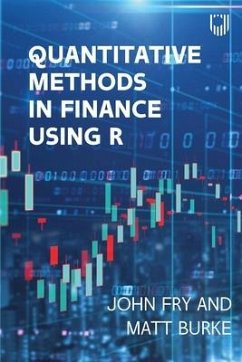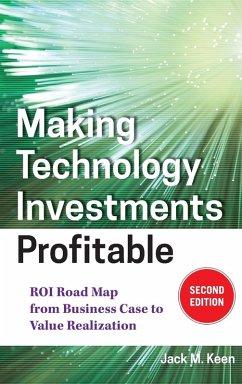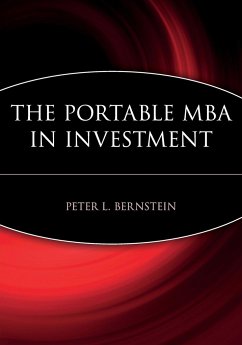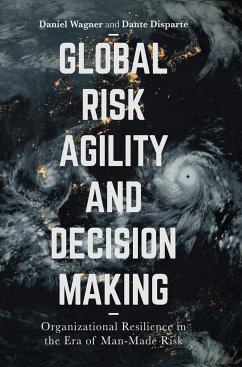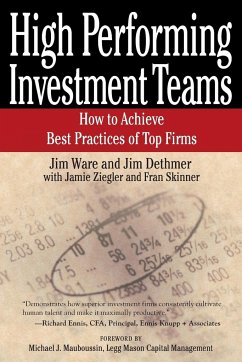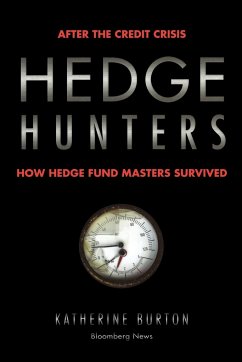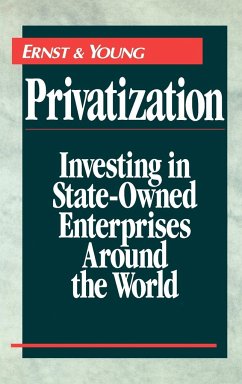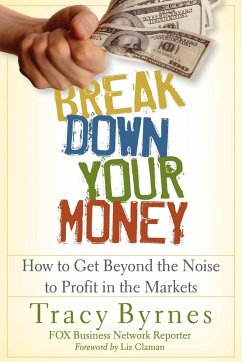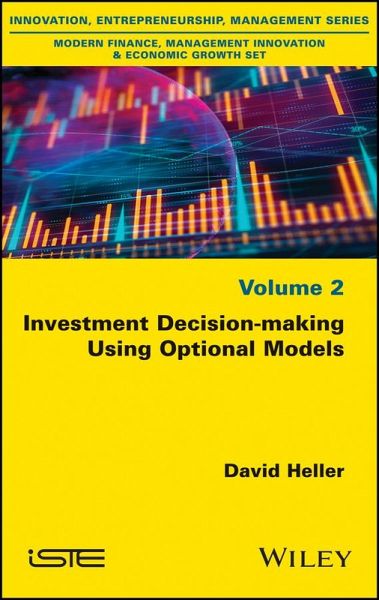
Investment Decision-Making Using Optional Models
Versandkostenfrei!
Versandfertig in über 4 Wochen
158,99 €
inkl. MwSt.
Weitere Ausgaben:

PAYBACK Punkte
79 °P sammeln!
In order to create value, companies must allocate their resources effectively and evaluate investment alternatives. This book examines, from a theoretical and empirical point of view, how managerial flexibility can be integrated into investment decisions through the optional approach. Unlike the traditional net present value method, the actual options take into account indeterminate elements. These lead to unpredictable cash flows at the time of the investment decision, especially in the context of complex and risky projects. The book puts into perspective the use of optional models and their ...
In order to create value, companies must allocate their resources effectively and evaluate investment alternatives. This book examines, from a theoretical and empirical point of view, how managerial flexibility can be integrated into investment decisions through the optional approach. Unlike the traditional net present value method, the actual options take into account indeterminate elements. These lead to unpredictable cash flows at the time of the investment decision, especially in the context of complex and risky projects. The book puts into perspective the use of optional models and their interactions. The different categories of options are the subject of practical applications, through analysis of investment decisions where uncertainty is growing. Therefore, studies make it possible to consider the flexible nature of investment choices by integrating new information and risk over time.




